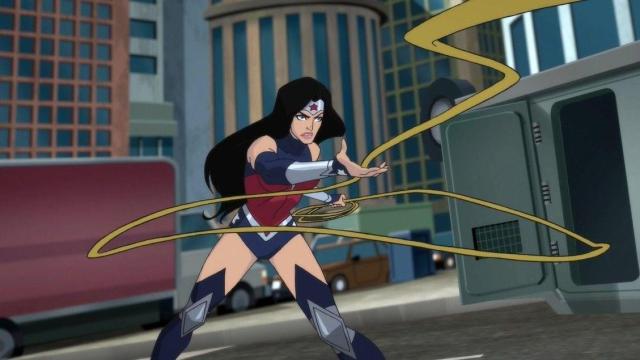After months of negotiations between the International Alliance of Theatrical Stage Employees (IATSE) and the Alliance of Motion Picture and Television Producers (AMPTP), the two organisations finally came to an agreement last month shortly after the IATSE threatened to strike. Though the IATSE’s leadership made the newly ratified Basic Agreement out to be a major win for the union, multiple members were quick to voice their concerns that the new deal didn’t go far enough to address issues like better residuals and stricter protections for on-set breaks.
While a narrow majority of the IATSE’s participating members (50.4% ) actually voted against passing the Basic Agreement, because the organisation uses a delegate system, the new deal was passed, and will be in effect until 2024 when current contract expires. With the Basic Agreement passed, it might seem like things have settled down, but the members of IATSE Local 839 — the Animation Guild (TAG) — are gearing up for another round of important talks that could significantly impact the livelihoods of people working in the industry.
Dissatisfying as the new Basic Agreement is to some of the IATSE’s members, its ratification meant that movement could finally begin on negotiations for a new Animation Guild Master Agreement with AMPTP. TAG’s previous Master Agreement — which was signed by over 50 production companies including Netflix, Walt Disney Pictures, and Warner Bros. Animation — originally expired on July 31 before being extended to October 30. With negotiations for a new contract set to begin next week, TAG’s members are speaking out even more pointedly about one of the more pressing issues at hand: the pay discrepancies between writing for animation and writing for live-action.
Speaking with Variety, TAG writers committee chair Mairghread Scott explained how achieving pay parity with the Writers Guild of America’s rates is a top concern for TAG, because the system as it exists now treats writing for animation and live-action as different jobs.
“There’s no difference in quality and no difference in difficulty,” Scott said. “We deserve to be paid commensurately with writers who do the same job.”
As Variety notes, writers on live-action projects (which the WGA predominantly focuses on, aside from a few notable exceptions like The Simpsons and other Fox cartoons) have a minimum weekly pay range from $US4,063 ($5,650) to $US5,185 ($7,210). TGA animation writers, on the other hand, have a weekly minimum of $US2,064 ($2,870), a substantially lower rate that carries a number of implications, chief among them being the idea that writing for animation is somehow less labour-intensive and not worthy of the same sort of compensation. Even though there are certainly differences between how the writers’ rooms for animated and meatspace shows work, they’re both places where a bunch of people get together (either physically, or virtually because this is 2021) and dream up stuff for creative teams to translate into visual art.
Pay discrepancies this sizable have a way of creating stratification within the industry that only further compounds the many other challenges workers often have to deal with, like a lack of transparency about internal job development opportunities. Because writers only make up just under 10% of TAG’s membership, and there are other groups within the guild pushing for their own priorities within the new Master Agreement, it’s unclear how successful the push for pay parity will be. As TAG heads into the next round of talks with the AMPTP, though, it’s going to be very interesting to watch how the negotiations play out.
Wondering where our RSS feed went? You can pick the new up one here.
